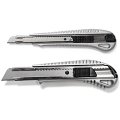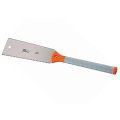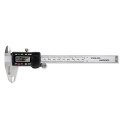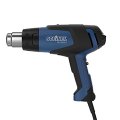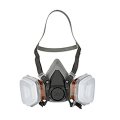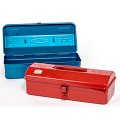Cutting Plotter
Cutting plotters are used to cut out from a film, paper or cardboard a design or graphic that has been installed on a computer. It is most often used to make lettering for signs, display windows or cars by cutting letters out of self-adhesive film. There are two types: a flatbed plotter and a drum plotter. In the first named version the medium to be worked on remains stationary on the cutting table and the cutting head can be moved all the way to the outermost edges of the surface. With a drum plotter, however, the cutting action is a result of the combined movement of the medium by means of (grit) rollers and the cutting head which runs along a guide rail. This method is similar to that of an ink-jet printer as it directs itself to the required coordinates.
In addition, cutting plotters are differentiated by the way the cutter is employed. One type works with a tangential blade which is moved to the required position by a motor. This has the advantage of having a more powerful cutting action (thicker materials can be processed) as well as being able to deliver an impressive precision because the point of the knife is positioned exactly in the vertical middle axis of the knife. Another type of knife is called a drag knife. In this case the machine must take into account an offset because the exact cutting point of the tilted knife is positioned somewhat to the side of the middle axis. The cutting action of a drag knife is less powerful and this makes it more suitable for use in cutting thinner adhesive film or cardboard. Machines with a drag knife are as a rule cheaper and faster working because the knife is not raised up, turned and repositioned when having to make a sharp angle or change directions but instead the freely rotating blade stays in the material and a drag movement turns the head and the blade following accordingly.
